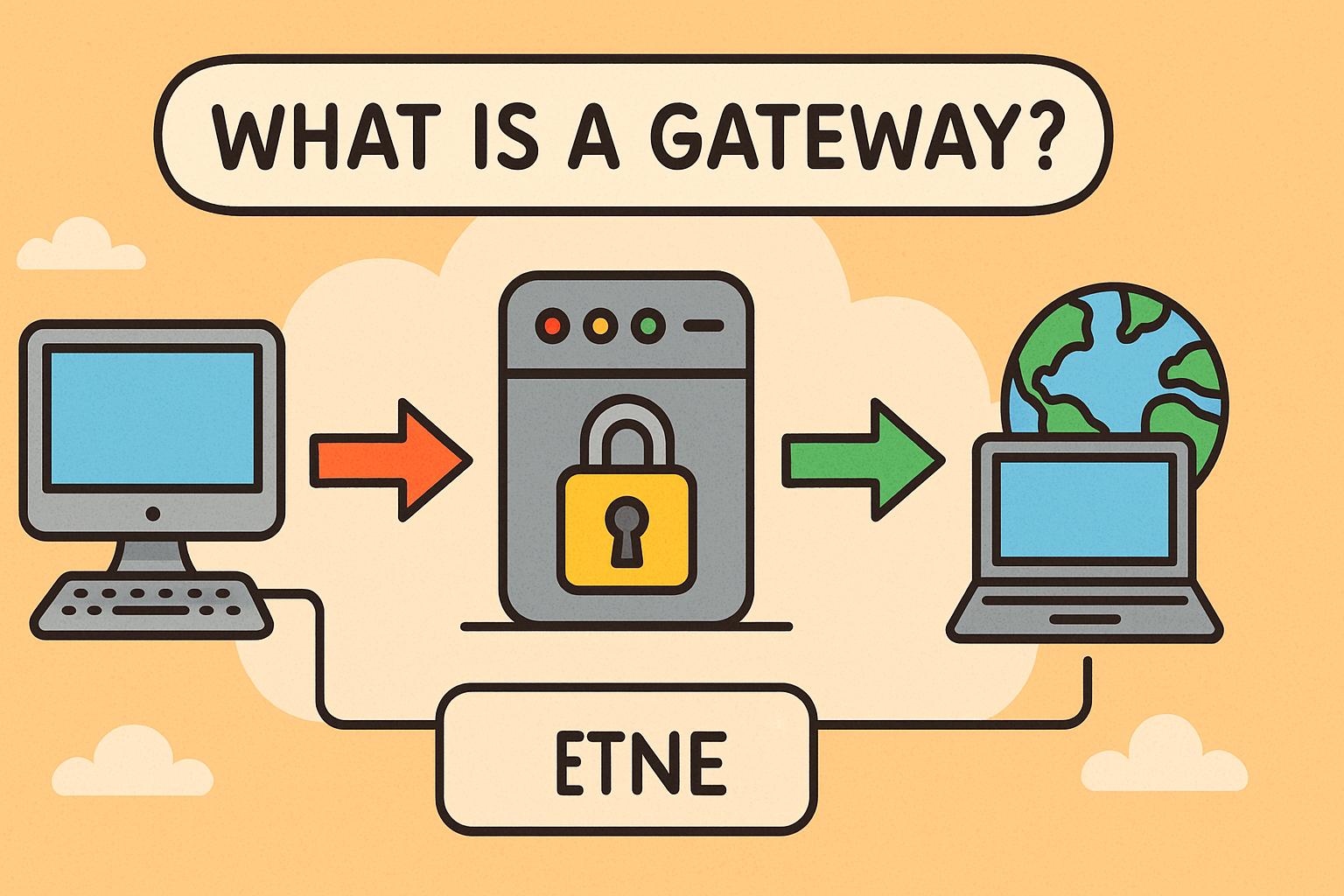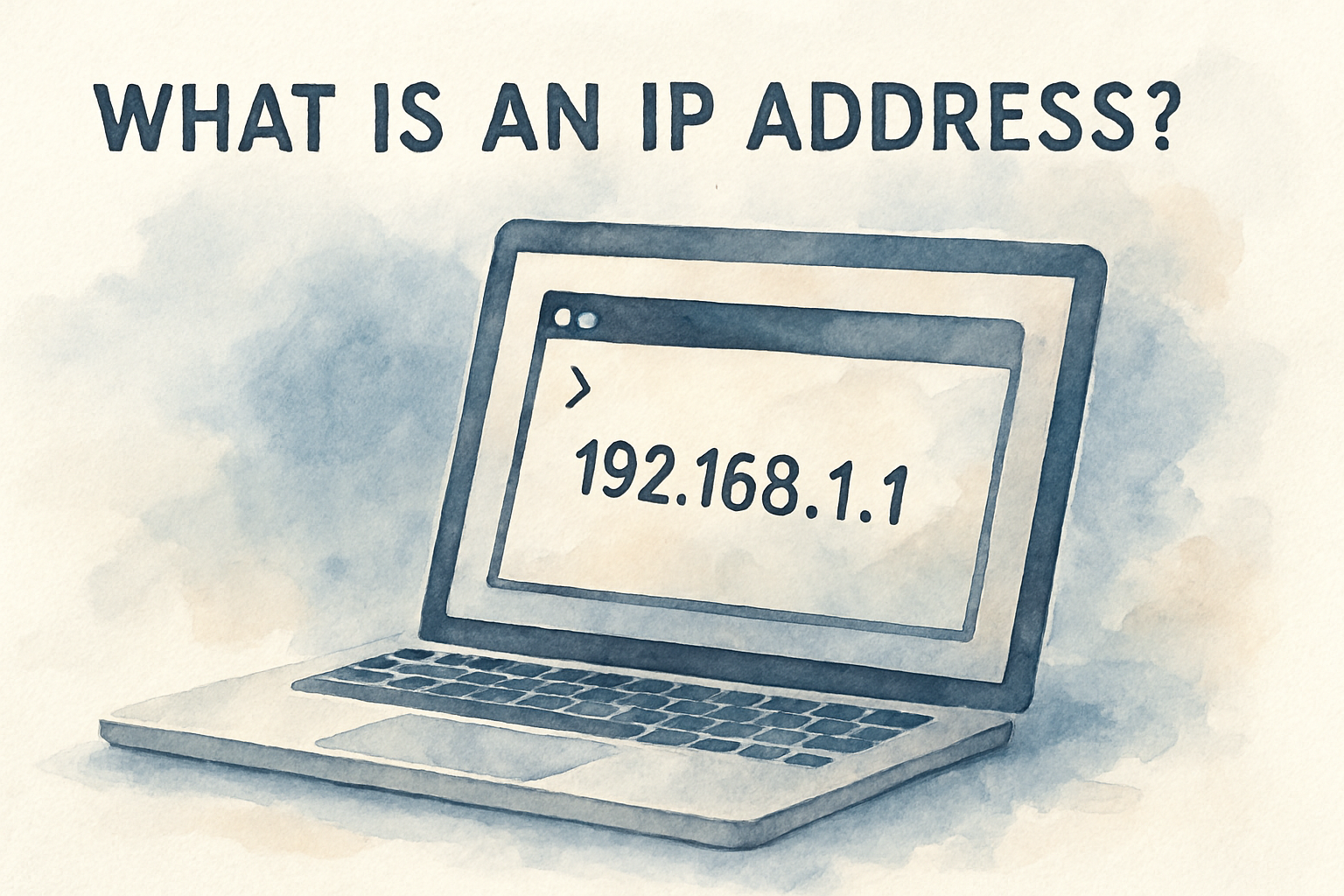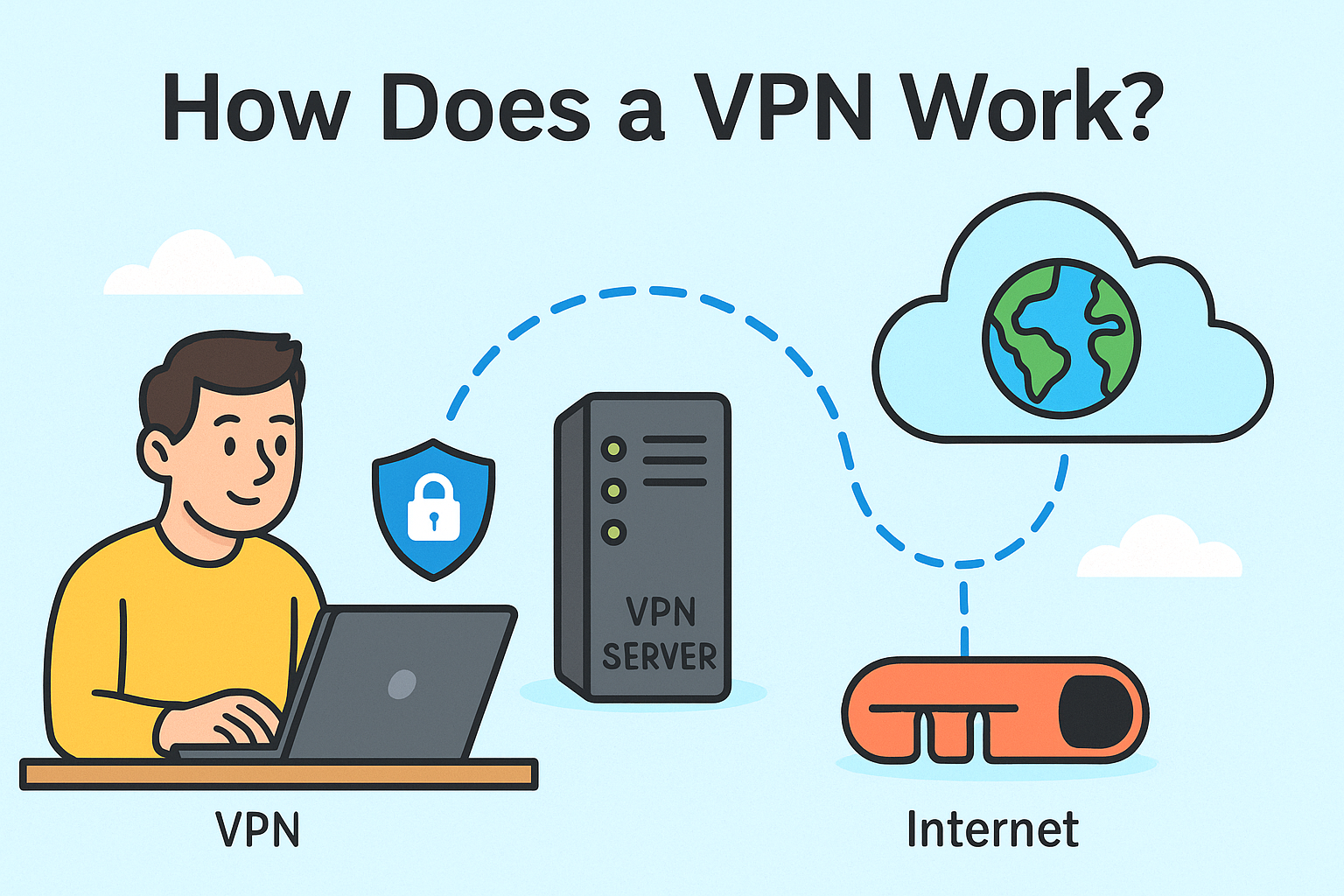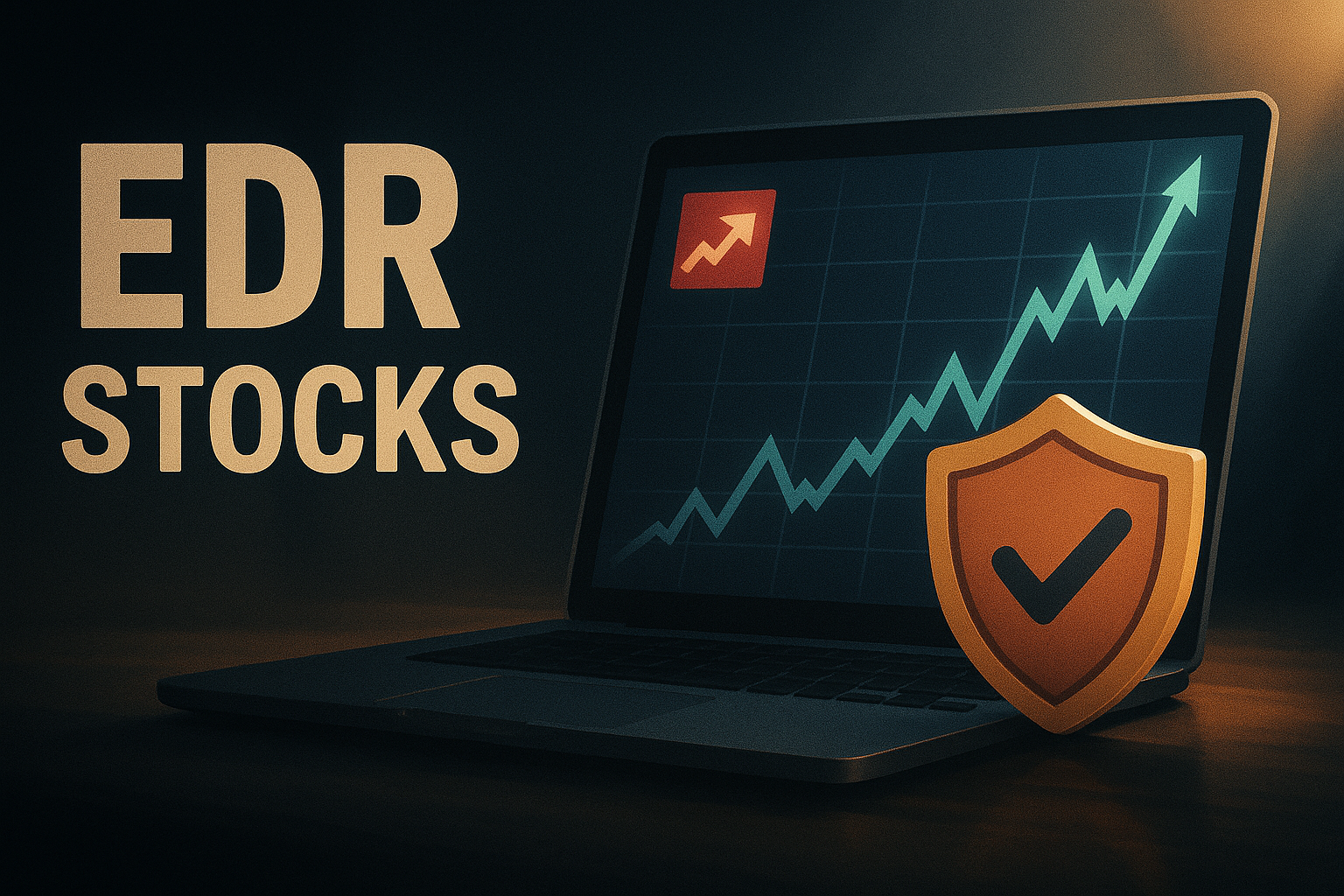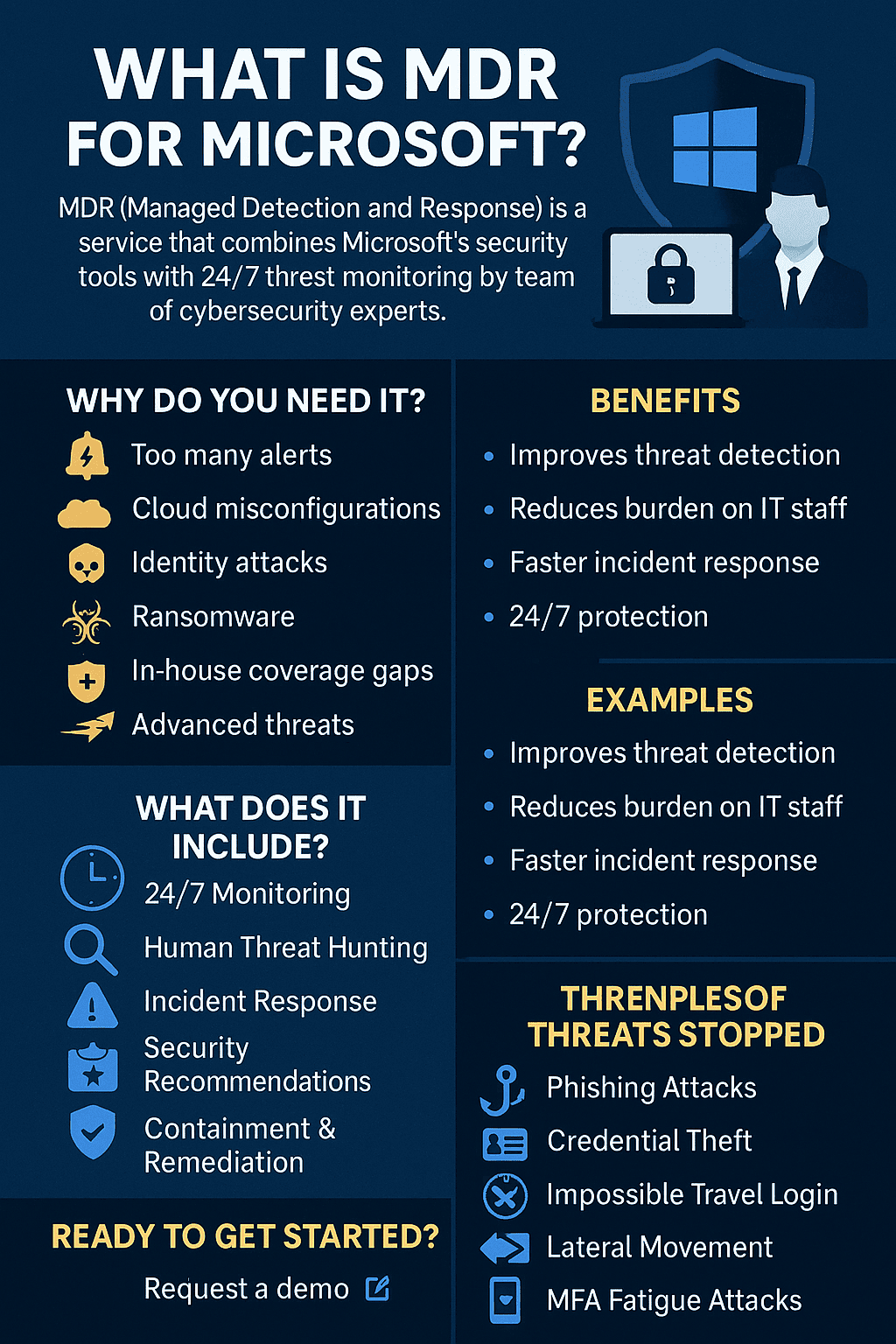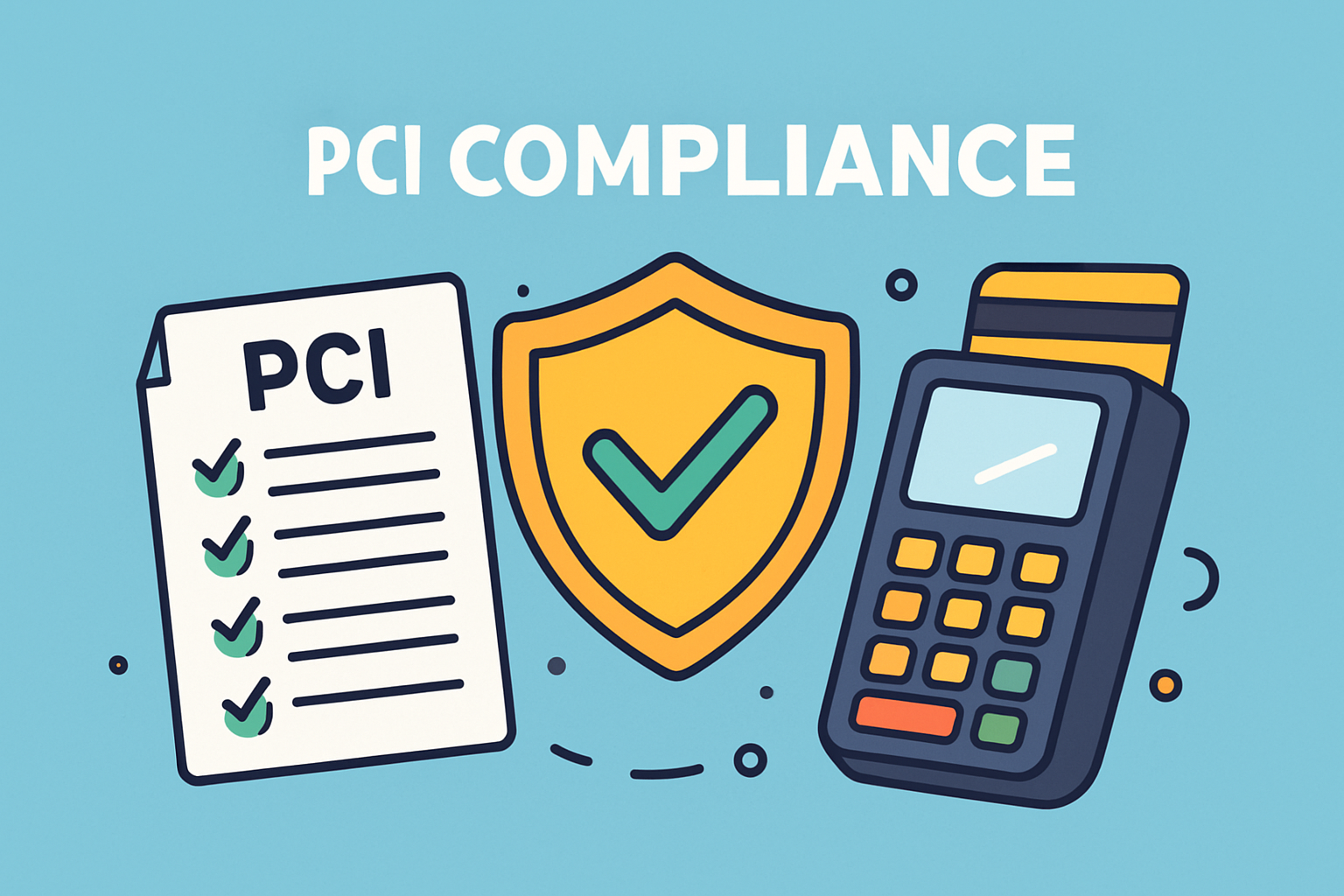What Is Adware? Understanding, Preventing, and Removing It
Updated on July 30, 2025, by Xcitium
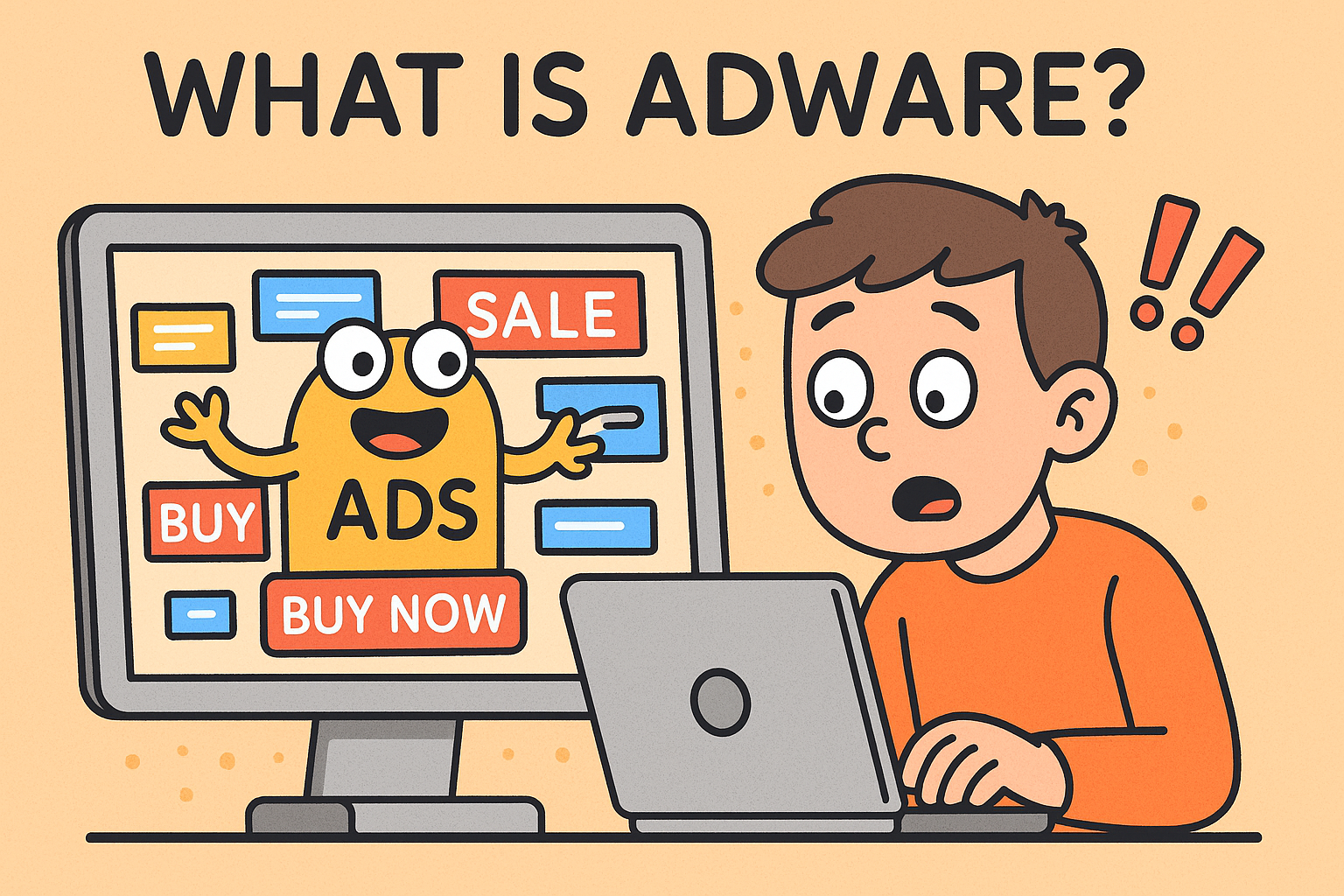
Ever noticed sudden pop-up ads, strange toolbars, or slowed browser performance on your device? You may be dealing with adware—a common yet underestimated threat in today’s digital environment. So, what is adware, and why should businesses and individuals care?
This blog post breaks down adware definition, how it compares to other malware, how it affects your devices, and how to remove it effectively—especially in cybersecurity-sensitive environments.
🧠 What Is Adware? [Adware Definition]
Adware, short for advertising-supported software, is a type of program that automatically delivers advertisements to a user’s device, usually through a web browser or application interface.
In simple terms:
Adware is software designed to display unwanted ads—often without user consent.
While some adware is technically legal and part of freeware agreements, malicious adware can track browsing habits, redirect searches, or even install additional software without your permission.
💻 Adware vs Malware: What’s the Difference?
While adware is a type of Potentially Unwanted Program (PUP), not all adware qualifies as malware. However, the line gets blurry.
| Feature | Adware | Malware |
| Primary Goal | Deliver ads | Harm, steal, or control systems |
| User Consent | Sometimes (via EULA) | Never |
| Behavior | Pop-ups, redirects | Data theft, system damage |
| Risk Level | Low to moderate | Moderate to high |
Still, some adware acts like malware, compromising privacy and security by tracking user behavior or injecting malicious code.
🧩 How Does Adware Work?
Adware operates in the background of your device or browser, typically triggered when:
- You install free software bundled with adware
- You visit malicious websites
- You click on infected pop-ups or banners
Once installed, adware can:
- Inject pop-up ads on webpages
- Modify your browser homepage or search engine
- Track browsing history and collect user data
- Redirect you to sponsored or malicious sites
Some advanced adware even resists removal by reinstalling itself or hiding in system files.
📱 Is Adware a Risk on Mobile Devices?
Yes—especially on Android devices, where third-party apps can be bundled with hidden adware.
Signs of adware on mobile:
- Frequent full-screen pop-ups
- New apps you didn’t install
- Drastic battery drain or overheating
- Increased data usage
Mobile users should avoid .apk files from unknown sources and install apps only from trusted platforms like the Google Play Store or Apple App Store.
⚠️ Common Symptoms of Adware Infection
Not sure if your device is infected? Look for these signs:
- Unwanted pop-ups and advertisements
- Sluggish browser performance
- New toolbars/extensions you didn’t install
- Redirected web searches
- Homepage or search engine changes
- Unexplained crashes or slowdowns
🛠️ How to Remove Adware: Step-by-Step Guide
Getting rid of adware is possible with the right tools and steps:
1. Uninstall Suspicious Programs
- Windows: Go to Control Panel > Programs > Uninstall a program
- Mac: Use Finder > Applications
2. Remove Browser Extensions
- Chrome: Settings > Extensions
- Firefox: Menu > Add-ons > Extensions
- Safari: Preferences > Extensions
3. Run Anti-Adware Tools
Recommended tools:
- Malwarebytes AdwCleaner
- Xcitium Advanced Endpoint Protection
- Norton Power Eraser
4. Reset Browser Settings
Restore default settings to remove hijacked search engines or homepages.
5. Update Operating System & Browsers
Outdated systems can be more vulnerable to adware.
🔐 How to Prevent Adware
“An ounce of prevention is worth a pound of cure.” Here’s how to avoid adware before it infects your device:
- Avoid free software from unverified sites
- Read install prompts carefully (don’t accept everything blindly)
- Keep antivirus software updated
- Install an ad blocker in your browser
- Don’t click suspicious links or ads
- Educate users in your organization on safe browsing practices
🌐 Business Risks of Adware in Cybersecurity
For enterprises, adware is more than an annoyance—it’s a cybersecurity vulnerability.
Business threats include:
- Sensitive data leaks
- Network bandwidth loss
- System slowdowns
- Employee productivity issues
- Compromise through third-party software
Proactively using endpoint protection, DNS filtering, and zero-trust network access can help businesses stay protected.
🌟 Real-World Examples of Adware Attacks
🧨 Fireball (2017)
- A Chinese adware program that hijacked 250 million computers globally.
- It turned browsers into zombie bots capable of executing malicious code.
🧨 DealPly and Yontoo
- Browser-based adware that tracked user behavior and injected targeted ads—often without consent.
These examples show how even “harmless” adware can evolve into full-blown cyber threats.
🙋 Frequently Asked Questions
1. What is adware in simple terms?
Adware is software that displays unwanted advertisements on your device, often bundled with free programs or downloaded without your knowledge.
2. Is adware the same as malware?
No. While adware is often annoying and intrusive, malware is more harmful. However, malicious adware can act like malware by tracking and stealing data.
3. How do I remove adware?
Use reputable tools like Malwarebytes or Xcitium, uninstall suspicious apps, and reset browser settings.
4. Can adware infect my phone?
Yes. Android phones are particularly vulnerable to adware through third-party apps or malicious downloads.
5. What’s the best way to prevent adware?
Avoid downloading free software from shady sources, use antivirus tools, and stay cautious when browsing or clicking ads.
✅ Conclusion: Stay One Step Ahead of Adware
Now that you understand what adware is, how it works, and how to get rid of it—you’re equipped to protect your personal or business devices. Whether you’re a casual user or an enterprise IT manager, vigilance and proactive cybersecurity tools are key to minimizing adware risks.
🔐 Protect Your Business with Xcitium
Want enterprise-grade protection from adware, spyware, and other cyber threats?
👉 Request a Free Demo of Xcitium’s zero-trust threat prevention platform today.



